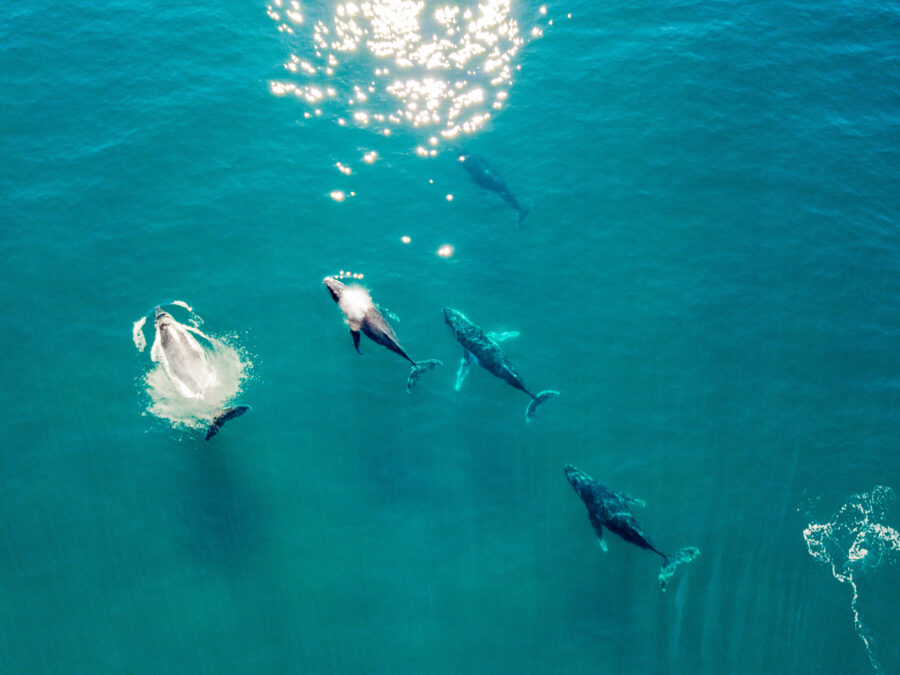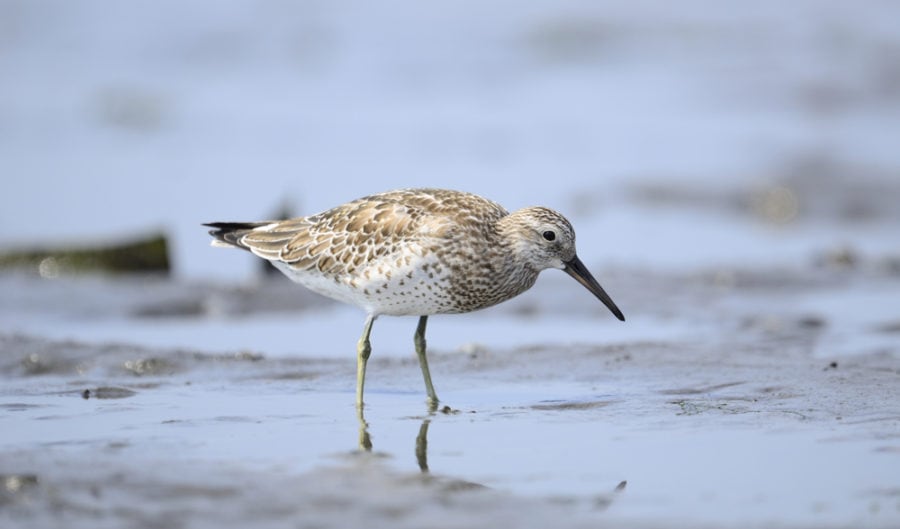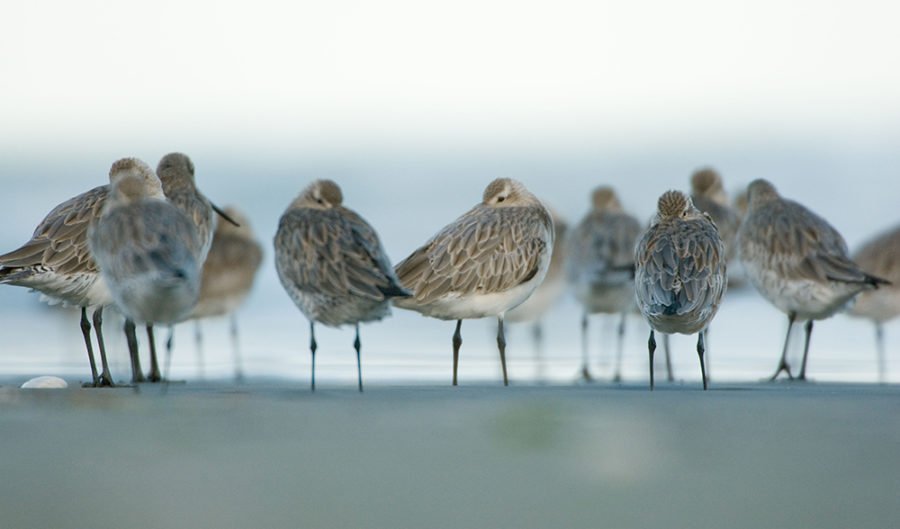OPINION: Moving on migration

The catchcry of COP14 – the meeting of parties to the Convention on the Conservation of Migratory Species of Wild Animals that was held in Uzbekistan in February 2024 – was “Nature Knows No Borders”.
It might seem obvious, but the fact that nature does not, and cannot, align itself with national and international jurisdictions proves a huge challenge for migratory species conservation. A world-first report into the State of the World’s Migratory Species, launched at COP14, reveals the extent of these challenges.
Populations are declining in close to half (44 per cent) of the almost 1200 species tracked by the convention. The problem is much worse underwater: fish species listed under the convention have declined, on average, 90 per cent since 1970. A further challenge is that not all migratory species are listed. Australia’s regional responsibility should be brought into sharp focus by the finding that unlisted migratory species in Oceania are experiencing the fastest rate of decline of any group, in any region.
Unfortunately for migratory species, efforts from a single country simply cannot halt their dramatic population declines. Even if, for example, Australia effectively protects albatross breeding colonies on every island in our jurisdiction, populations will keep declining if adults and juveniles continue to die as bycatch in commercial fisheries when the birds migrate around Antarctica. Coordinated threat management is required among all countries whose waters overlap the birds’ migratory range, along with effective management of fisheries in the high seas.
Though it may seem a daunting task, it is possible to reverse population declines. Species such as the humpback whale and Latham’s snipe (a migratory shorebird) have seen population growth after multiple countries agreed to stop hunting. In addition to stopping intentional (and unintentional) killing of migratory animals, we must also ensure that key habitat areas are identified, protected and well connected.

The collaborative agreements required to undertake coordinated protection are well defined in some parts of the globe. For example, the East Asian-Australasian Flyway Partnership (EAAFP) brings together governments, inter-governmental organisations and NGOs to conserve migratory waterbirds throughout our region.
Many key stopover sites in the EAAF are intertidal wetlands, located on or near hubs of human activity such as ports. Although these sites are highly visible, more research is required to understand how they are connected. Do all migratory waterbirds attend all sites? Do some sites support single populations, while others support individuals of different origins? Recovery requires protection of a continuous migratory path, and our efforts will fail if we accidentally protect disconnected habitats.
The impact of animal migrations extends far beyond the species themselves. Migratory animals transfer essential nutrients and energy from one place to another. The pulse of mass arrival and departure is a phenomenon not only critical to ecosystem function but also of great cultural significance. National governments, international organisations, NGOs, local communities and First Nations groups all have important roles to play – but no-one can do it alone. While nature knows no borders, humans do. It is our responsibility to see – and then act across – anthropogenic divisions if we wish to preserve great migrations for generations to come.
Dr Lily Bentley is a Postdoctoral Research Fellow within the Centre for Biodiversity and Conservation Science at The University of Queensland. She attended COP14.



